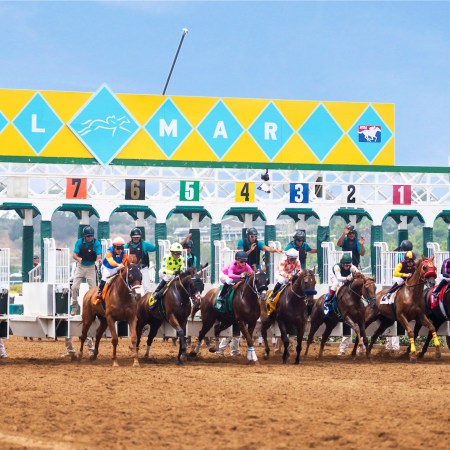For thousands of years, humans have gotten from place to place by riding on horses. This is something that we know from works of art, historical accounts and relics uncovered in archaeological digs. Scientists date the modern horse to the point when humans began domesticating equines — but when, precisely, that took place remains a mystery. What was the first civilization to begin riding horses? Who was the first person to point to a horse and say, “You know, I think I’m going to hop onto the back of that thing and see where it takes me?”
A recent discovery reveals far more about the bond between humans and horses than was previously known. At Nature, Tosin Thompson cited a study published earlier this week which used DNA evidence to trace the rise of the modern horse to 4,200 years ago. This event occurred in what is now Russia, near the Don and Volga rivers.
Before this point in equine history, a variety of groups of horses could be found throughout Europe and Asia. Once humans had successfully domesticated horses, however, this population began expanding all over the continents.
The project involved gathering remains of horses from sites all over the two continents, exploring both the details of their genomes and the dates surrounding those remains. And for all that the study can tell us about the evolution of horses, it also has plenty to say about human history — including clarifying earlier speculation about whether or not the Bronze Age Yamnaya culture rode horses as they spread across the land. It’s one more connection made in an ongoing puzzle surrounding distant human history.
Thanks for reading InsideHook. Sign up for our daily newsletter and be in the know.


















